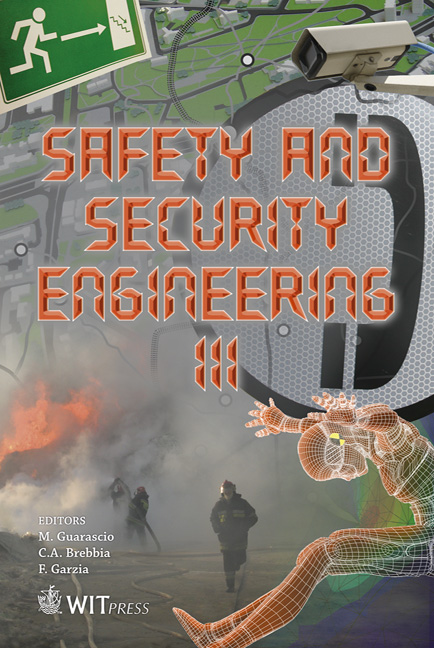CO2 Storage Risk Assessment: Feasibility Study Of The Systemic Method MOSAR
Price
Free (open access)
Transaction
Volume
108
Pages
12
Page Range
173 - 184
Published
2009
Size
445 kb
Paper DOI
10.2495/SAFE090171
Copyright
WIT Press
Author(s)
A. Cherkaoui & P. Lopez
Abstract
The current environmental background is modifying human behaviour in every society. Indeed, one of the main causes of global warming is the emission of greenhouse gases, including mainly CO2. Several ways have been found to gradually reduce the CO2 emissions, among them the Carbon Capture and Storage (CCS) process. This is a technique which extends the use of fossil energies while giving necessary time for renewable energies to develop on a large scale. The CO2 is captured, brought to the storage site, and injected either into dried up oil and gas deposits or into unworkable coal seams or into deep saline aquifers. Long-term monitoring of the storage site is maintained afterward. The question pending, and a source of controversy, relates to the underground evolution of the CO2 in the medium- and long-term. The aim is to lead preliminary determination of risks on a generic basis. Projects are managed and storage installations built on a global scale. Depending on the country, the risk approach is not the same. Mostly, only the FEP method is used – accident scenarios are built up based on several events and cumulated processes. This study develops the MOSAR method (Organized and Systemic Method of Risk Analysis) to analyse the technical risks of a human plant and to identify the prevention means to neutralize them. The innovative side of this work is that we have created a typology grid of under-systems hazard sources adapted to a CO2 geological storage site. Risk scenarios can then be built and organized hierarchically in a grid by means of gravity based on probability. Once this is done, this study leads to the identification of prevention and protection means. Similar to most systemic methods for risk analysis, this MOSAR method is time consuming in order to define all risks and scenarios. However, the software tool facilitates this work and we show in this paper that the method is efficient. Keywords: scenario, typology of hazard sources, gravity, probability, barrier, prevention, protection, systemic.
Keywords
scenario, typology of hazard sources, gravity, probability, barrier, prevention, protection, systemic





